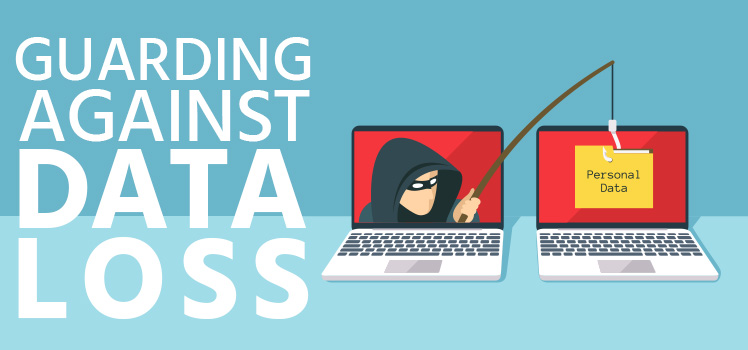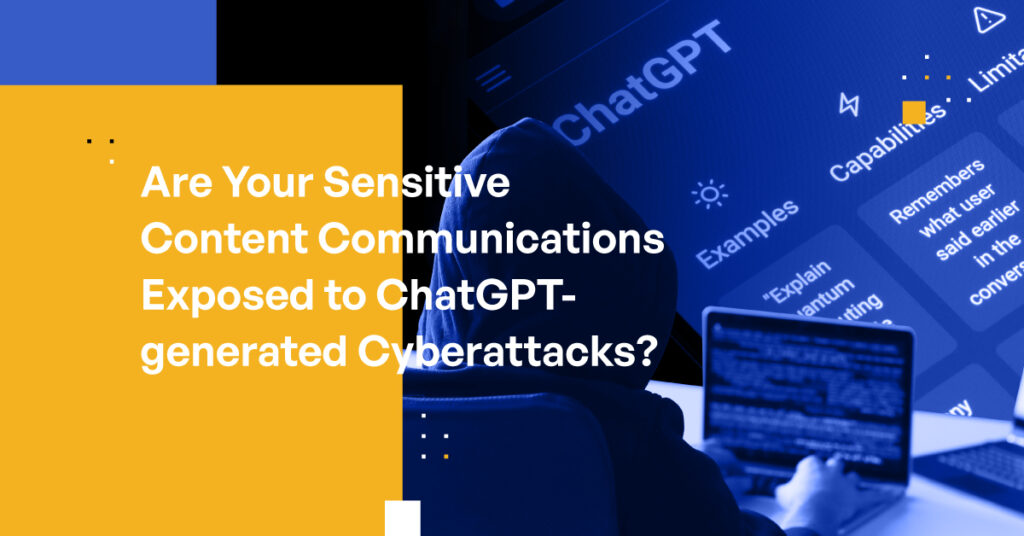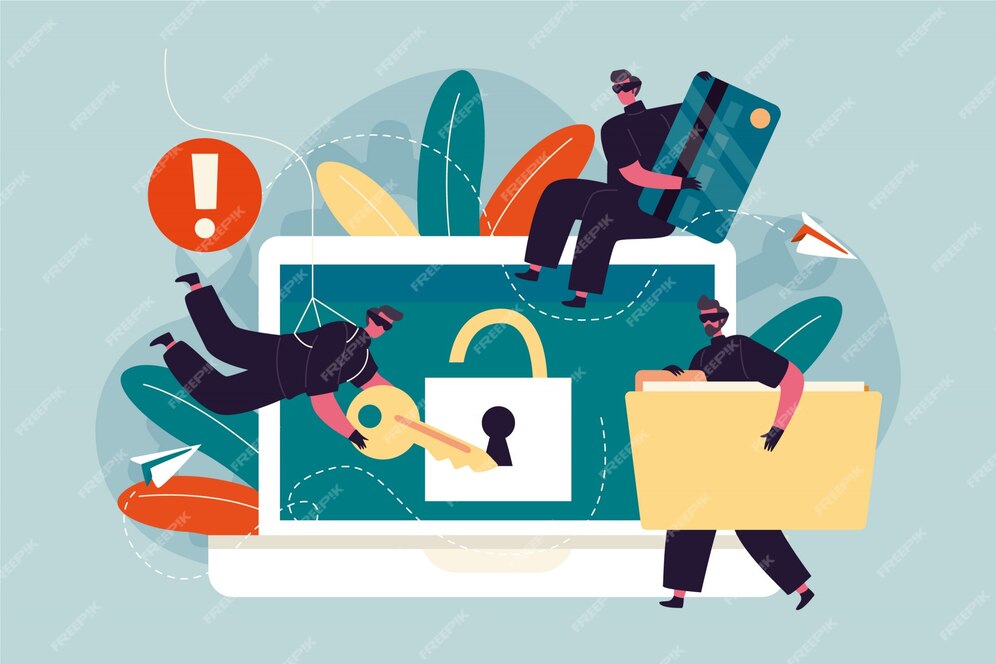The rapid integration of Generative AI, such as ChatGPT, in business operations has the potential to revolutionize content creation and boost productivity significantly. However, this innovative technology also brings forth a novel concern – the inadvertent exposure of sensitive business data when employees unintentionally input or paste confidential information into ChatGPT or similar applications.

The conventional solutions known as Data Loss Prevention (DLP) systems, which are typically used to address data protection challenges, prove to be inadequate for handling these specific risks. DLP solutions are primarily designed to safeguard file-based data, making them ill-suited for monitoring and securing data within live web sessions.
A recent report, titled “Browser Security Platform: Safeguarding Your Data from Exposure in ChatGPT,” published by LayerX, delves into the risks and challenges associated with unregulated ChatGPT usage. The report offers valuable insights into the potential threats faced by businesses and presents a potential solution – browser security platforms. These platforms provide real-time oversight and governance over web sessions, effectively fortifying the protection of sensitive data.

Key insights on ChatGPT data exposure:
- In the past three months, there has been a 44% surge in employee usage of Generative AI applications.
- Generative AI applications, including ChatGPT, are accessed approximately 131 times per day for every 1,000 employees.
- 6% of employees have unintentionally pasted sensitive data into Generative AI applications.
Types of data prone to exposure:
- Sensitive or Internal Information
- Source Code
- Client Data
- Regulated Personally Identifiable Information (PII)
- Project Planning Files
Common scenarios for data exposure:
- Unintentional Exposure: Employees may accidentally insert sensitive data into ChatGPT.
- Malicious Insider: A rogue employee could exploit ChatGPT to exfiltrate data.
- Targeted Attacks: External adversaries might compromise endpoints and engage in ChatGPT-oriented reconnaissance.

Why traditional file-based DLP solutions fall short:
Conventional DLP solutions are engineered to protect data stored in files and are not equipped to secure data input into live web sessions, making them ineffective in mitigating ChatGPT-related risks. Three approaches to mitigating data exposure risks:
- Blocking Access: Although effective, it is unsustainable due to the productivity losses it incurs.
- Employee Education: Addresses unintentional exposure but lacks enforcement mechanisms.
- Browser Security Platform: Monitors and governs user activity within ChatGPT, effectively reducing risks without compromising productivity.

Distinguishing features of browser security platforms:
Browser security platforms offer real-time visibility and enforcement capabilities for live web sessions. They can oversee and regulate various means by which users input data into ChatGPT, providing a level of protection that conventional DLP solutions cannot match. Browser security platforms provide three layers of protection:
- ChatGPT Access Control: Tailored for users handling highly confidential data, this level restricts access to ChatGPT.
- Action Governance in ChatGPT: Focusing on monitoring and controlling data input actions like pasting and filling, it minimizes the risk of direct sensitive data exposure.
- Data Input Monitoring: The most granular level allows organizations to define specific data that should not be inserted into ChatGPT.
By allowing a combination of blocking, alerting, and permitting actions across these three levels, organizations can customize their data protection strategies effectively.
Securing and empowering ChatGPT:
In the current landscape, the browser security platform stands out as the most effective solution for guarding against data exposure risks in ChatGPT. This enables organizations to harness the full potential of AI-driven text generators without compromising data security.








